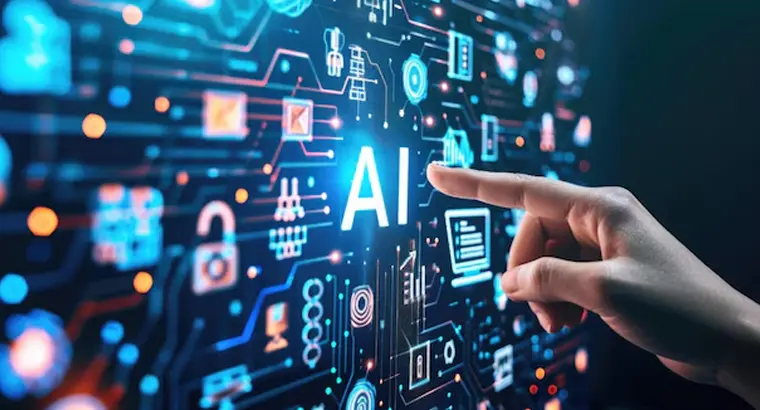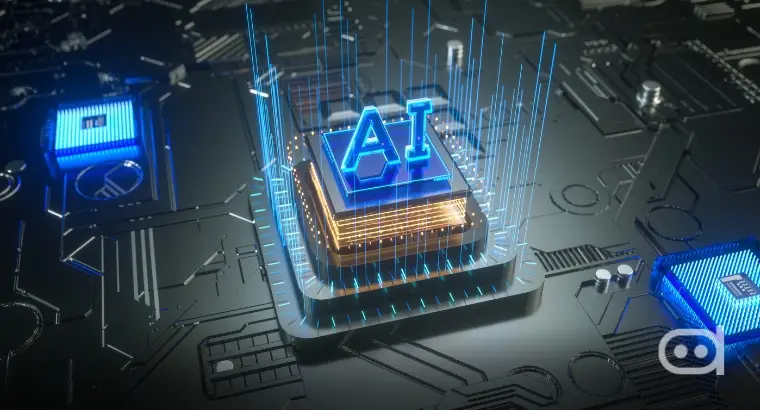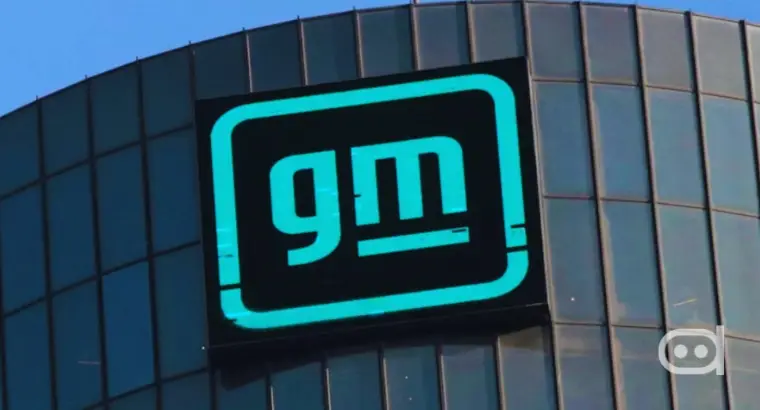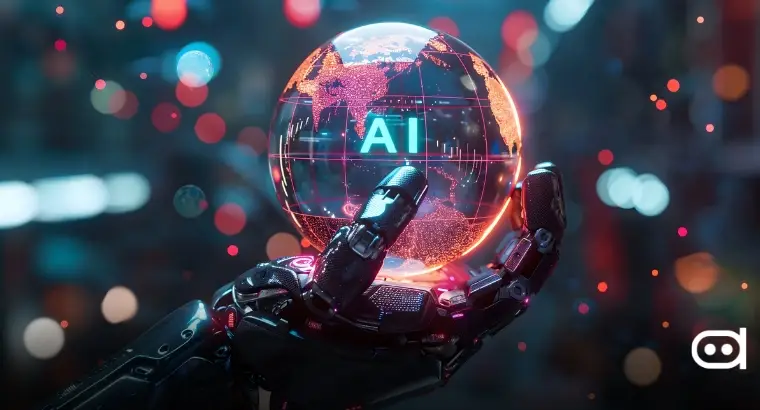
The world is exploring the extent to which it can implement artificial intelligence (AI), and Google Cloud has narrowed it down to the best possible option – translation. Google Cloud, in a blog post, has said that translation is one of the most practical sectors for AI implementation, adding that the likes of Bloomberg and Canva have widely adopted the model. The ultimate objective is to make content more accessible to users with no limitation on their regional location and language preference.
Simply put, a piece of content should be accessible to users who speak English and to those who speak French.
Google now houses two different models in AI translation – traditional and new models. Both have their respective sets of benefits and limitations; however, Generative AI is gaining slightly more traction. One reason is that it fetches real-time translation content via Adaptive Translation. Second, it works in collaboration with Translation LLM.
The backend model is rather straightforward: users import text to be translated along with a small dataset of translated examples and then request an adaptive translation. To give an optimal translation output, the API then selects the best example for each translation request.
One such instance was recently presented during the April Google Cloud Next ‘24 event this year. Smartling, an AI-enabled translation platform, leveraged generative AI to co-present a responsive translation. At the end of the event, it was found that Smartling outperformed Google Translate with an improvement in quality of up to 23%.
Olga Beregovaya, the Vice President of AI at Smartling, later took the stage to note that adding Google Adaptive Translation was pivotal in Smartling translation and AI strategy because of improved quality, dynamic nature, and customizability.
Olga further stated that Google Cloud Adaptive Translation was ideally suited for translation tasks as an attractive solution based on the quality of results that it fetched.
Google has, throughout the previous year – that is, 2023, refreshed its model several times. It now supports 30 language pairs, including, but not limited to, Japanese and German. Google has noted a significant reduction in MQM error across four languages, bi-directional.
It now depends on the community to make a choice between the traditional model and the updated AI model for translation. To reiterate, both come with their respective sets of advantages and disadvantages. For instance, specialized models deliver high quality across hundreds of languages with low latency, while general-purpose language models serve the benefit of a long content window or low cost.
Finding the right fit depends on one’s requirements – workflow, domain, use case, and language.
Artificial Intelligence’s implementation in the sector of language translation is indeed more practical, considering there is a need to make a single content more accessible to users across the world. An actual choice of the model may vary, but the community of users can expect benefits for themselves.








